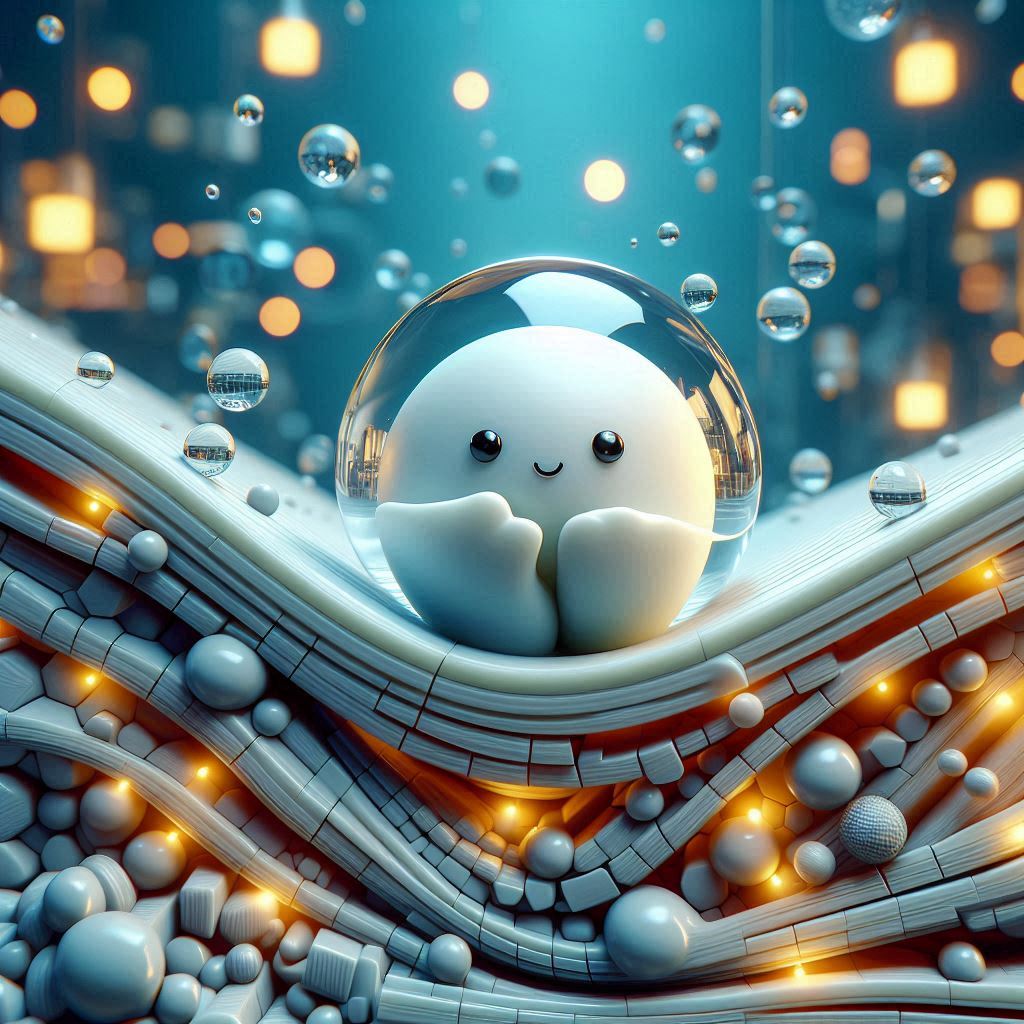Soft polyvinyl chloride, commonly referred to as soft PVC or flexible PVC, stands as a cornerstone of modern material science. Its versatility stretches across numerous industries, from healthcare to home decor, making it a substance that revolutionizes daily living in myriad understated ways. In this article, we will unpack the nuances of soft PVC, discuss its applications, and delve into its environmental impact and prospects.
What is Soft Polyvinyl Chloride?
We produce polyvinyl chloride, or PVC, as one of the most widely used synthetic plastic polymers. It exists in two basic forms: rigid and flexible. Manufacturers create a flexible version, soft PVC, by adding plasticizers. These plasticizers enhance the flexibility and durability of the material.
Characteristics and Properties of Soft Polyvinyl Chloride
- Flexibility: Unlike its rigid counterpart, soft PVC is highly flexible.
- Durability: It is resistant to oxidation and degradation and has commendable longevity.
- Water Resistance: Soft PVC is inherently water-resistant, ideal for outdoor or wet applications.
- Chemical Stability: It holds up well against a variety of chemicals.
Comprehensive Uses of Soft Polyvinyl Chloride
Soft PVC’s adaptability makes it an indispensable material in various sectors. Each use highlights the material’s unique properties.
In Healthcare
Soft PVC is pivotal in medical settings. It’s used to make containers for blood and saline solutions, tubing for intravenous (IV) bags, and much more.
- Hypoallergenic: It does not irritate skin, which is crucial in a healthcare setting.
- Sterility: One can easily sterilize it, thus maintaining the strict hygiene standards of medical facilities.
In Construction
Perhaps where soft PVC shows its might most evidently is in the construction industry.
- Insulation: It’s used in electrical cable insulation due to its excellent insulative properties.
- Flooring and Roofing: Thanks to its water resistance, it’s used in waterproofing solutions, including roofing membranes and shower curtains.

In Everyday Products
From fashion to automotive accessories, soft PVC’s application is impressively versatile.
- Footwear: It’s used in the soles of shoes for enhanced durability.
- Automobiles: Soft PVC is part of the dashboard and other interiors of cars.
Environmental Impact and Sustainability
Controversies and Challenges
The primary challenge is the production and disposal of soft PVC. It can emit harmful pollutants if not properly manufactured and disposed of.
Recycling and Innovations
Efforts are ongoing to improve the recyclability of soft PVC through mechanical recycling methods, and research into bio-based plasticizers aims to reduce dependency on phthalate-based softeners.
Looking Ahead: The Future of Soft Polyvinyl Chloride
Amid growing environmental concerns, the question remains: what does the future hold for soft PVC? The focus is shifting toward making this material more environmentally friendly without compromising its utility.
Potential Innovations
- Developing non-toxic plasticizers.
- Improving the PVC recycling processes.
Conclusion: Soft Polyvinyl Chloride
Soft PVC embodies the duality of modern materials: highly useful yet challenged by environmental concerns. As we advance, the core challenge lies in embracing the benefits of soft PVC while mitigating its ecological impact. Each stride in research and innovation brings us closer to a world where soft PVC can continue to serve its critical roles sustainably.
“Soft PVC: A testimony to material science’s capability to continuously adapt and innovate for a better, more efficient world.”
As readers and consumers, our role in fostering a sustainable future with soft PVC is crucial. We must stay informed, support sustainable practices, and advocate for continuous improvement in how we produce and dispose of our materials. Let’s embrace the possibilities of soft PVC responsibly!
Polyvinyl Chloride Biodegradable: Frontier in Plastic Recycling?
Polyvinyl Chloride Biodegradable: Frontier in Plastic Recycling?





